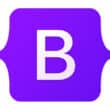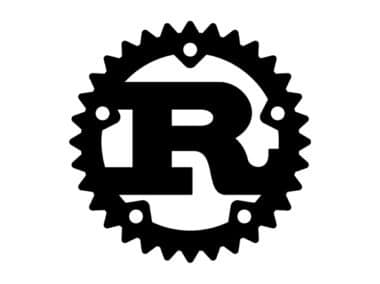GO is an open-source programming language that was created at Google in 2007 by Robert Griesemer, Rob Pike, and Ken Thompson. GO was designed as a systems programming language with a focus on concurrency, simplicity, and performance. It was released to the public in 2009 and has since gained popularity among developers.
Features of GO
GO is a statically typed language that requires explicit type declarations. It has a simple and concise syntax, which makes it easy to learn and write, even for programmers who are new to the language. GO has garbage collection and provides memory safety, which reduces the risk of errors and vulnerabilities in software development. It also supports concurrent programming with its built-in concurrency features, such as goroutines and channels.
GO’s concurrency features make it ideal for developing applications that require high levels of concurrency, such as network and web servers. These features make it possible to write code that can handle multiple tasks simultaneously, which can improve the performance of the application. GO also has strong community support and an extensive standard library, which makes it easier for developers to build and maintain software applications.
Advantages of GO
One of the main advantages of GO is its performance. GO is designed to be fast and efficient, which makes it a good choice for system-level programming. GO’s built-in concurrency features also make it ideal for developing applications that require high levels of concurrency.
Another advantage of GO is its simplicity. The language has a small set of keywords and a simple syntax, which makes it easy to learn and use. GO’s garbage collection and memory safety features also make it less prone to errors and vulnerabilities, which can reduce development time and costs.
GO’s popularity has been growing steadily over the years, and it is now being used by many companies for a variety of projects. This popularity is partly due to the language’s features and advantages, but it is also due to the strong community support and the extensive documentation that is available.
Overall, GO is a language that offers a range of features and advantages that make it an attractive option for developers looking to build high-performance, concurrent, and reliable software applications. Its simplicity, performance, and concurrency features make it a good choice for system-level programming, and its strong community support and an extensive standard library make it easier to build and maintain software applications.




